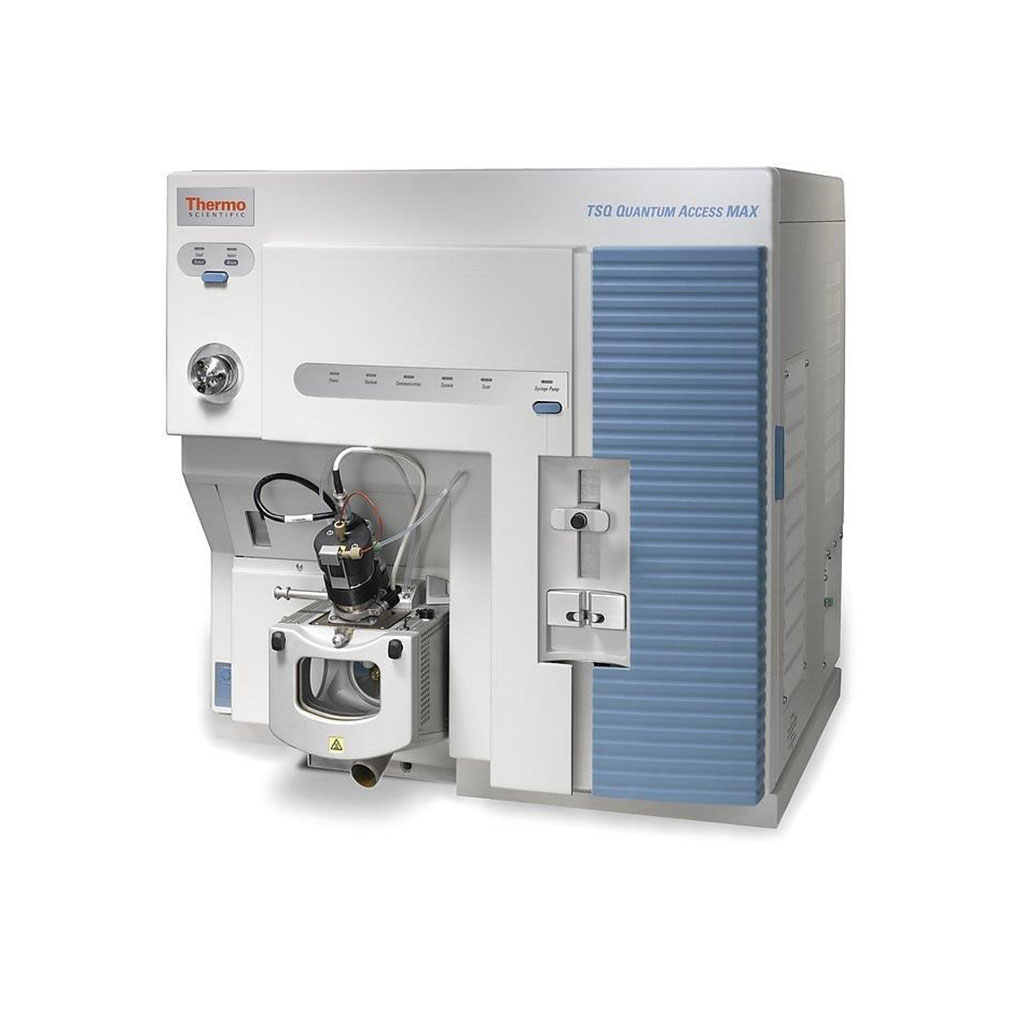Blood Sphingolipidomics Associated with Lupus Cardiovascular Comorbidity
By LabMedica International staff writers
Posted on 04 Dec 2019
Systemic lupus erythematosus (SLE) is a chronic autoimmune disease with heterogeneous organ involvement and severity. The cause of SLE is unknown, and there is at present no cure. The majority of people with lupus are females, and African-American women are three times more likely than White women to have lupus and develop severe symptoms.Posted on 04 Dec 2019
The risk for cardiovascular disease (CVD) is almost ten times higher in patients with autoimmune diseases than in the general population. Despite the dyslipidemia and accelerated CVD associated with SLE, the significance of the conventional plasma lipid panel (e.g., cholesterol and triglycerides) in the diagnosis/prognosis of CVD in SLE patients has been in question.

Image: The Quantum Access triple quadruple mass spectrometer (Photo courtesy of Thermo Scientific)
Scientists from the Medical University of South Carolina (Charleston, SC, USA) enrolled 411 new lupus and 141 control participants since April, 2013. Plasma samples have been collected, often across multiple visits, from 358 lupus patients and 179 healthy controls that were negative for autoimmune disease. For this study, 73 female SLE patients and 34 unrelated controls were selected from the cohorts for comparison of their sphingolipid profiles.
Mass spectroscopy was used to measure plasma levels of individual species of five classes of sphingolipids: Cers, sphingoid bases: sphingosine and dihydrosphingosine (dhSph) and their phosphates (S1P and dhSph-1P, respectively), SM, and hexosyl- and lactosylceramides (Hex-Cer and Lact-Cer, respectively). The sphingolipids in plasma extracts were separated and their masses quantitated using high performance liquid chromatography-tandem mass spectrometry. Lipids eluted during chromatography were detected and quantitated using a Quantum Access triple quadruple mass spectrometer (Thermo Fisher Scientific, Waltham, MA, USA) equipped with an electrospray ion source (ESI) operating in multiple reaction monitoring (MRM) positive ion mode.
The scientists reported that compared to African-American controls, African-American SLE patients had higher levels of ceramides, hexosylceramides, sphingosine and dihydrosphingosine 1-phosphate. Compared to White controls, White SLE patients exhibited higher levels of sphingoid bases and their phosphates, but lower ratios of C16:0 ceramide/sphingosine 1-phosphate and C24:1 ceramide/sphingosine 1-phosphate. White SLE patients with atherosclerosis exhibited lower levels of sphingoid bases compared to White SLE patients without atherosclerosis. In contrast, African-American SLE patients with atherosclerosis had higher levels of sphingoid bases and sphingomyelins compared to African-American SLE patients without atherosclerosis. Compared to White SLE patients with atherosclerosis, African-American SLE patients with atherosclerosis had higher levels of select sphingolipids.
Samar M. Hammad, PhD, associate professor in the Department of Regenerative Medicine and Cell Biology and first author of the study, said, “We know that the African American community has higher high-density lipoprotein (HDL) cholesterol, which is a good thing, and lower triglycerides, which is a good thing, but nonetheless, they have more heart disease than the white population. So it is about time to start looking at other molecules and other markers that can explain, at least in part, why African Americans develop more cardiovascular disease, and that's particularly true in autoimmune diseases such as lupus and Type 1 diabetes.” The study was published on November 20, 2019 in the journal PLOS ONE.
Related Links:
Medical University of South Carolina
Thermo Fisher Scientific







 assay.jpg)





